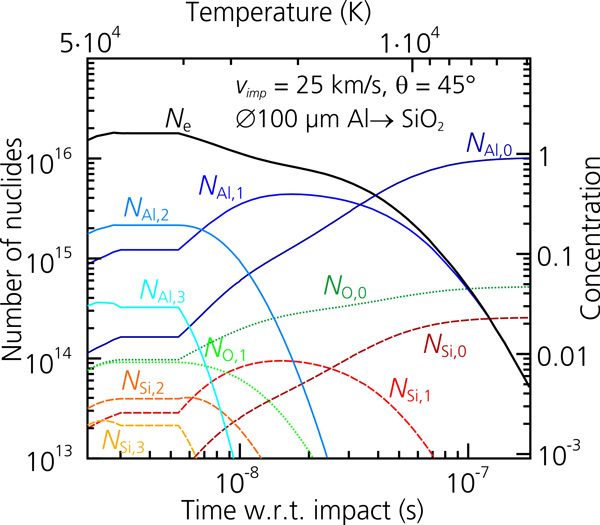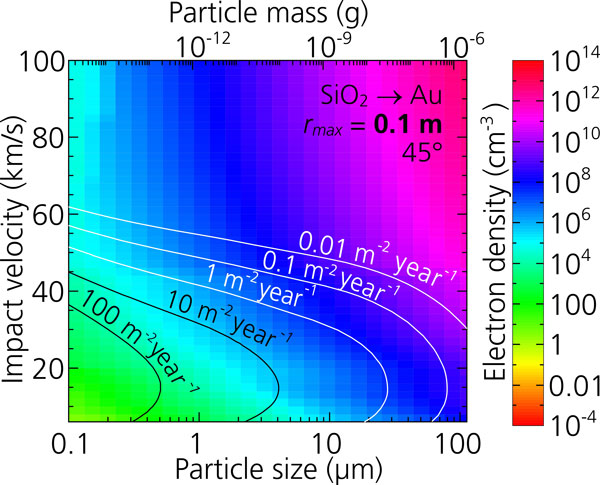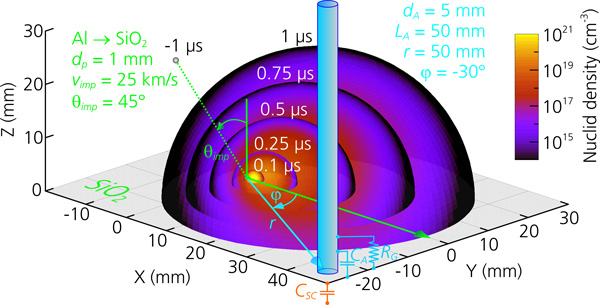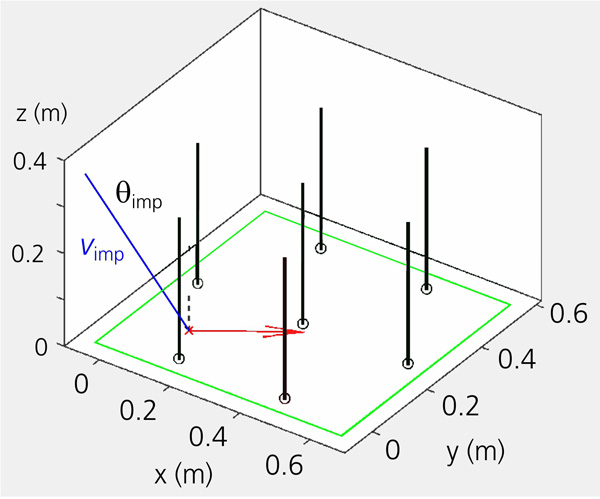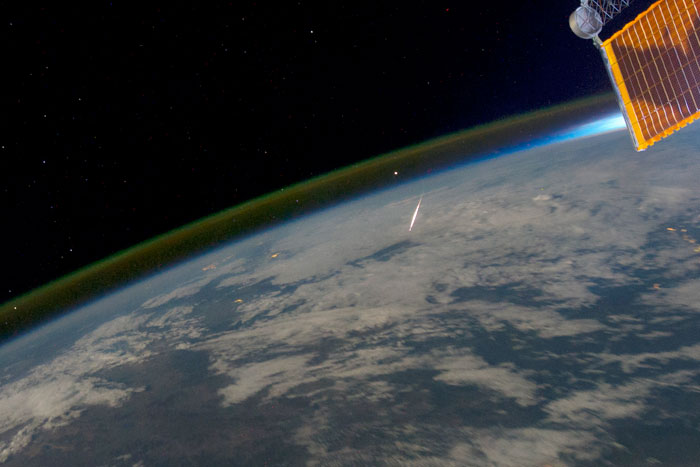
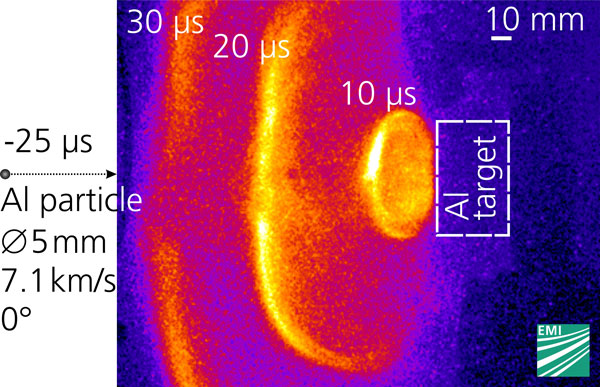
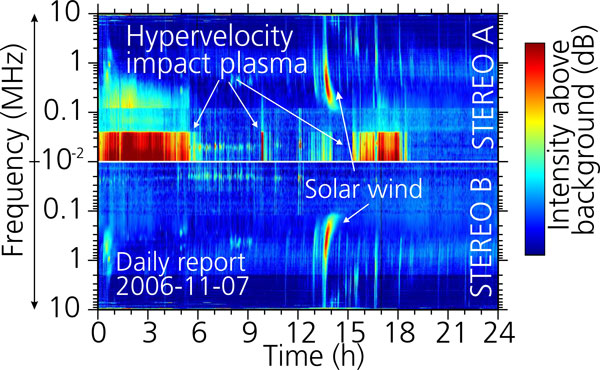
Annual meteor showers, especially the Perseids in August and the Geminids in December, cause spectacular luminous phenomena in the nightly sky. When meteoroids enter Earth’s atmosphere, they leave a plasma trace due to their high velocities of up to several tens of kilometers per second. This is visible to us as shooting stars. The meteoroids have their origin from collisions and decomposition of astronomical small bodies, especially comets and asteroids. Their small size and high velocity complicate the investigation of meteoroids. Data about frequency of occurrence and their basic properties such as size, density and chemical composition are very uncertain and not liable as they are very often determined in an indirect way, for example, via radar monitoring of shooting stars. This makes high-speed impact of meteoroids on spacecraft systems one of the most uncertain environmental influences in space.
For years, Fraunhofer EMI has been dedicated to the investigation of such high-speed impacts, which have come to be termed hypervelocity impact in the technical jargon. In trendsetting studies, the phenomena and effects of hypervelocity impacts and their consequences for space systems have been examined here using unique experimental possibilities. In most cases, the focus of these studies lies on the mechanical effects, such as fragmentation and perforation of the space components. Before these mechanical effects show in the impact process, another short-term phenomenon can be observed: the propagation of a plasma cloud, the so-called impact plasma, as shown in Figure 2. Impact plasma results from extreme pressure and temperature conditions, which occur at the impact of a meteoroid on the surface of a satellite. By shock-wave effects, the material of the meteoroid and the surface gets compressed in such a way that the material undergoes a phase change to the gaseous state and plasma state during the subsequent energy release. The ionized gas mixture originating from this quickly expands along the satellite surface and abruptly loses density and temperature.
As the properties of the impact plasma depend on the impact conditions, like impact angle and impact velocity, and on the conditions of the meteoroid, measurement of the impact plasma allows for drawing conclusions about these parameters. For this purpose, charge detectors were used in a wide range of interplanetary space missions. These are well-engineered, complex measurement instruments, which extract charge carriers of impact plasma by electrical fields in order to examine its chemical composition (e.g., [1], [2], [3]). At the same time, impact events are involuntarily detected as interfering signals in radio astronomy and space-plasma experiments. As example, Figure 3 shows spectograms of the WAVES instruments from the STEREO A and B satellites. While both satellites measure similar intensities of the ambient plasma, STEREO A is exposed to additional anomalies, which can be ascribed to the generation and propagation of impact plasma [4].
